
The topic of chromatographic integration and data interpretation raises a lot of questions about data integrity. Is it acceptable to integrate data? What are the limits?

The topic of chromatographic integration and data interpretation raises a lot of questions about data integrity. Is it acceptable to integrate data? What are the limits?
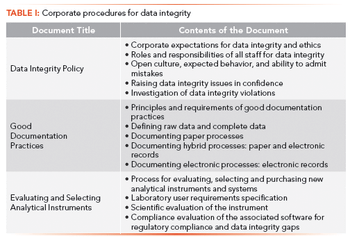
The final part of the series discusses the importance of an open culture, training, and monitoring metrics in the establishment and support of a regulated laboratory.
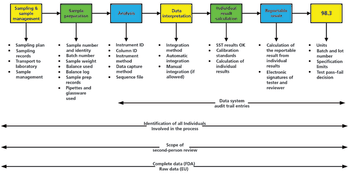
The series continues with a crucial scientific and regulatory necessity in ensuring reliable information-the second-person review.

You need to ensure that your calculations of reportable results don’t get you into data integrity trouble. Here’s how.
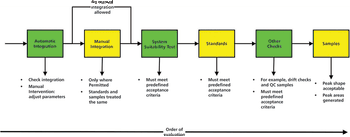
Integration is the heart of the chromatographic process and is subject to regulatory scrutiny. What should be done to control integration and interpretation of the chromatographic runs?
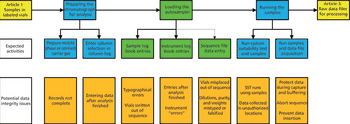
Part II of this series on practical perspectives on data integrity focuses on instrument setup, system suitability test samples, and data acquisition.
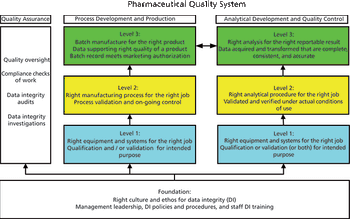
Part I of this series on practical perspectives of data integrity focuses on sample management, transport, and preparation.

The authors discuss metrics for monitoring data integrity within a chromatography laboratory, from the regulatory requirements to practical implementation.

Published: September 1st 2020 | Updated:
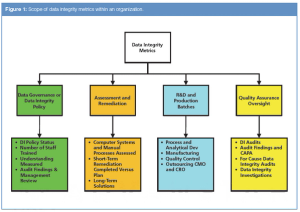
Published: December 1st 2017 | Updated:
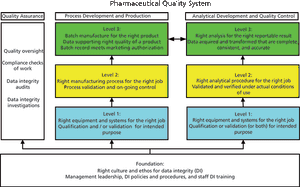
Published: January 1st 2018 | Updated:

Published: April 1st 2018 | Updated:
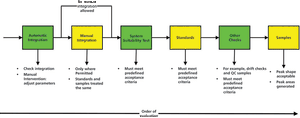
Published: May 1st 2018 | Updated:

Published: July 1st 2018 | Updated: